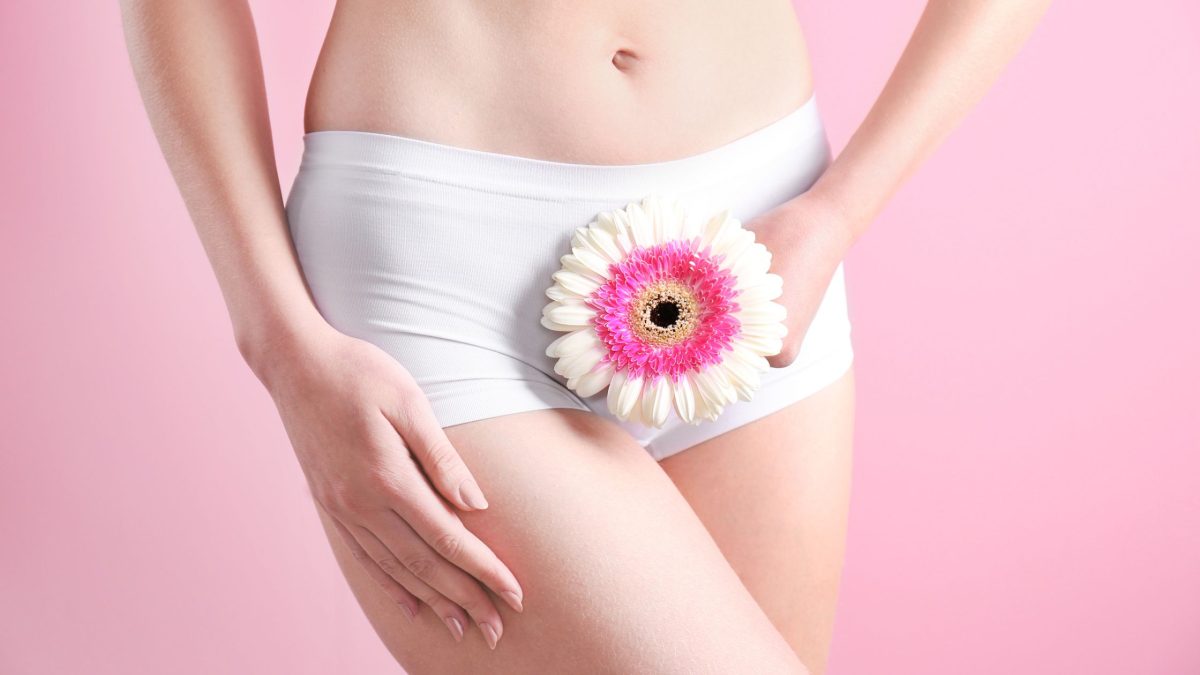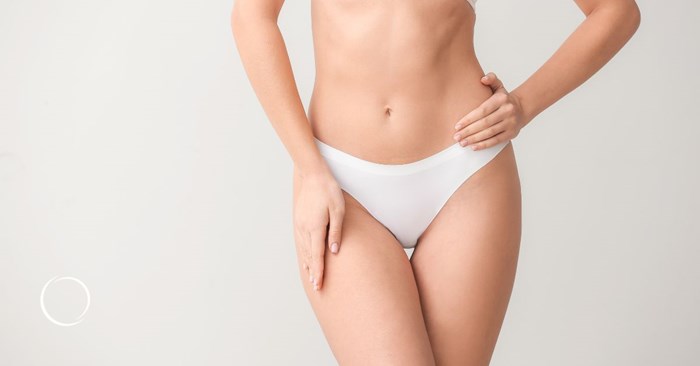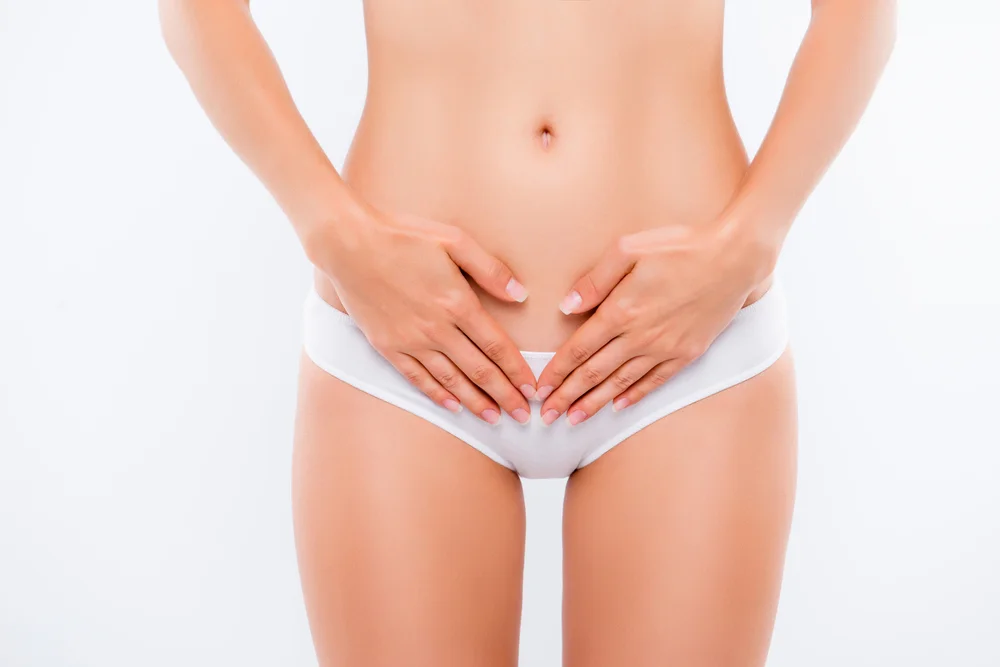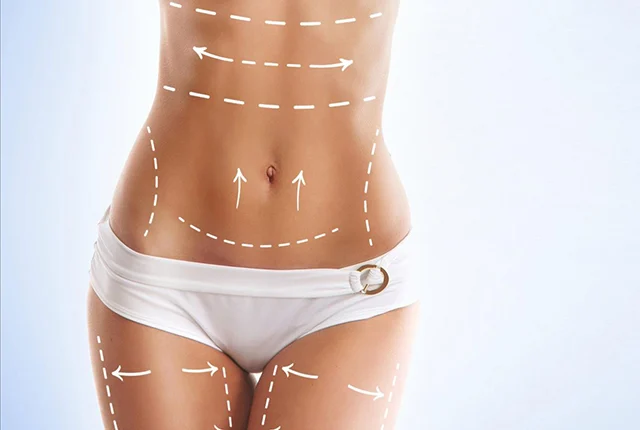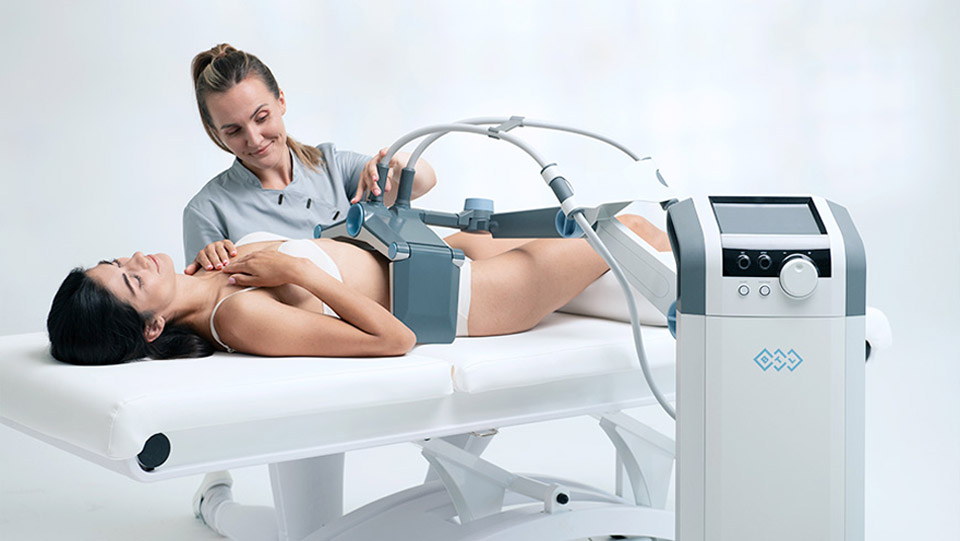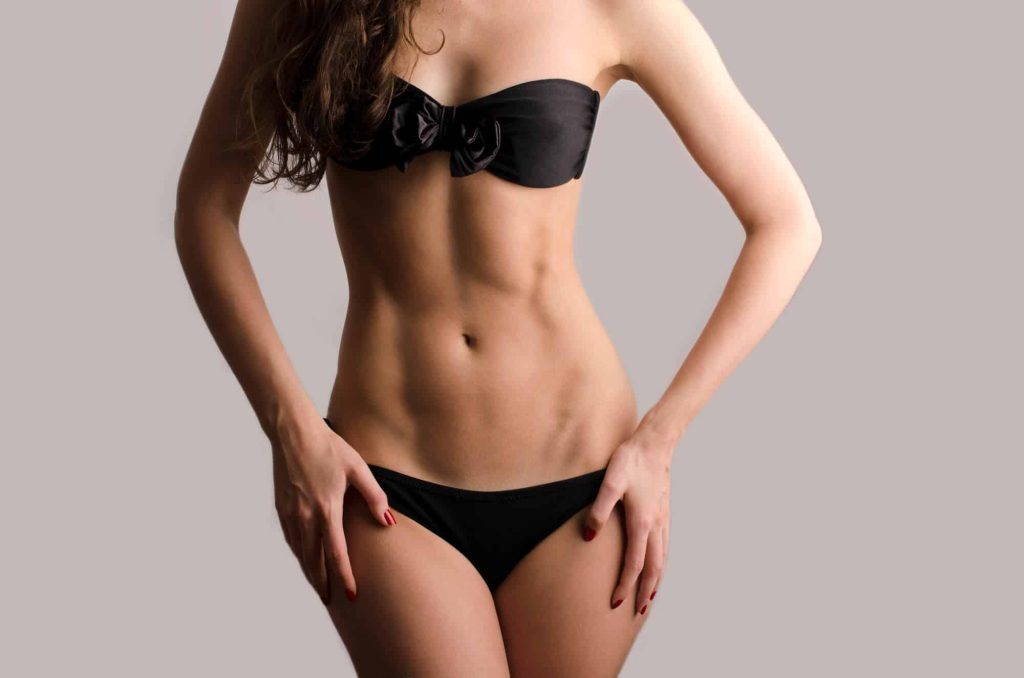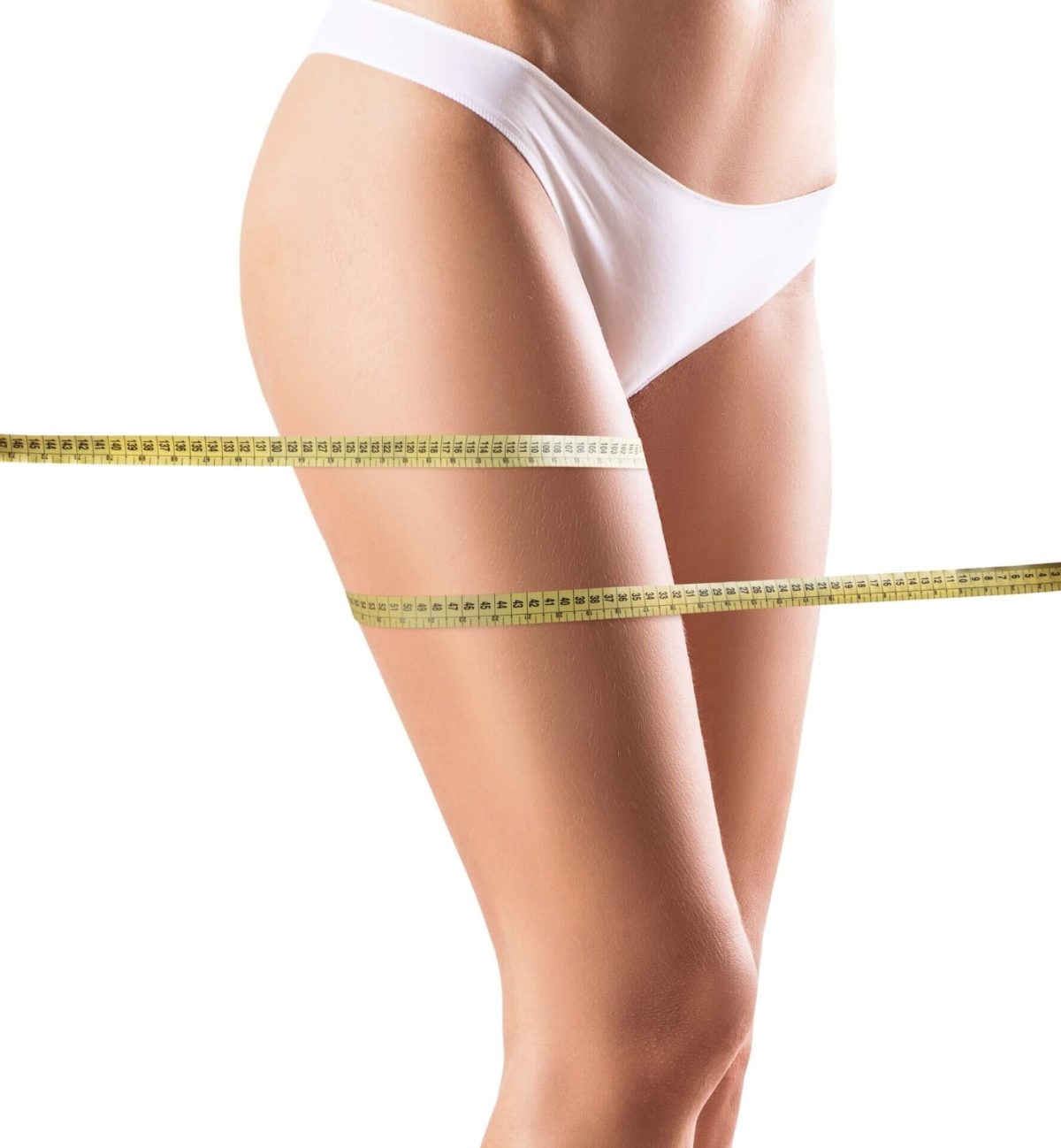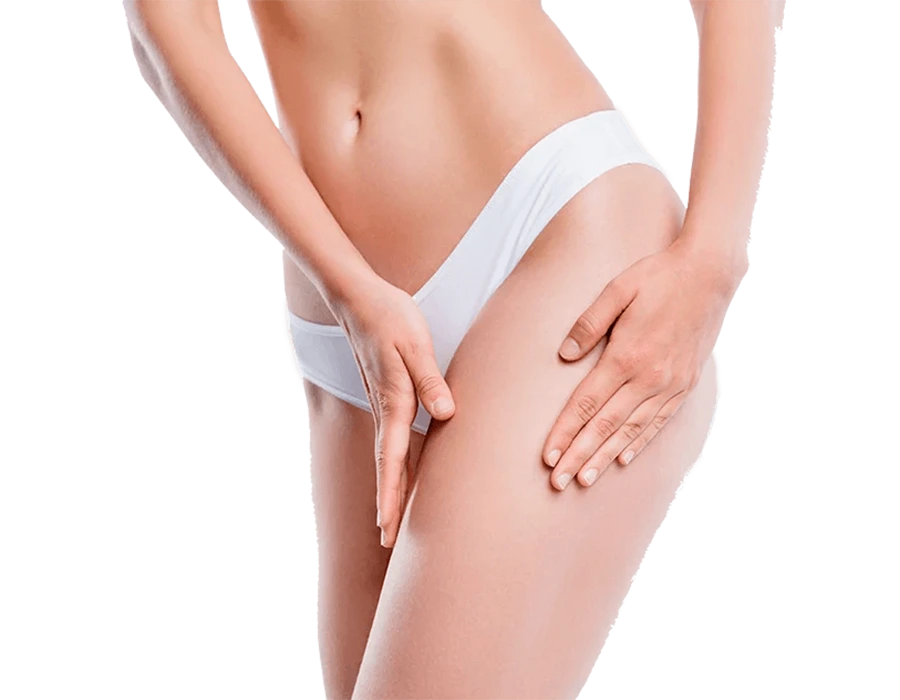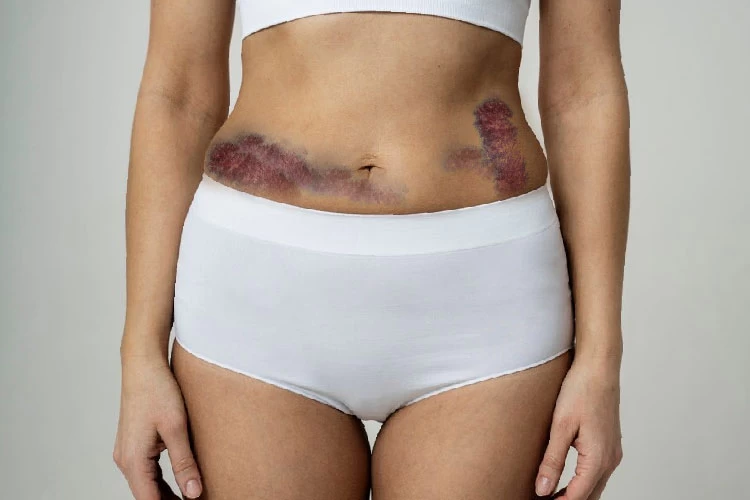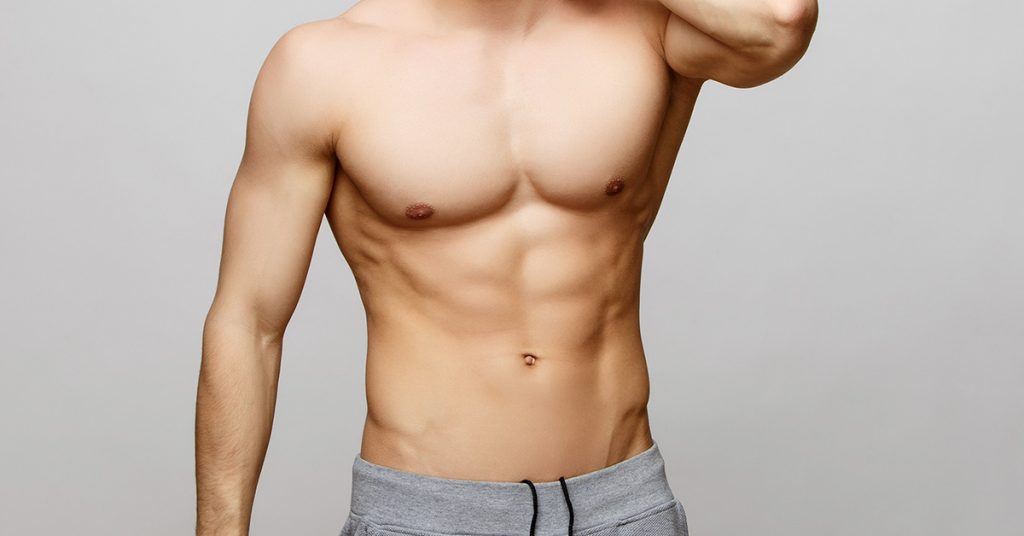Struggling with a double chin can be frustrating. Injection lipolysis, a double chin reduction treatment, offers a solution to help you achieve a more defined jawline with fat dissolving injections for double chin fat reduction and double chin removal. This non-surgical treatment, using a lipolytic solution, targets fat cells under the chin through free intake lipolysis and cry lipolysis, breaking them down for your body to naturally eliminate. Many people are turning to this method, including botox and fat dissolving injections, for quick results and minimal downtime, such as in free lipolysis treatment and double chin reduction treatment.
With fat dissolving injections for double chin removal, you can enjoy a boost in confidence and a fresher appearance as a result of this double chin reduction treatment. It’s an effective way for double chin reduction and lipolysis treatment to contour your face without invasive procedures. Understanding the benefits and process of injection lipolysis for double chin reduction is essential for anyone considering this option. Say goodbye to stubborn fat and hello to a sleeker profile!
What is Injection Lipolysis?
Definition
Injection lipolysis is a medical procedure. It focuses on removing local fat deposits from specific areas of the body. This treatment is often used to target the double chin area. Patients seek this method for a more defined jawline and improved facial contours.
Target Area
The double chin can be a source of frustration for many individuals. It often appears due to weight gain, aging, or genetic factors. Injection lipolysis specifically addresses this issue. The procedure offers a non-surgical option to reduce fat in this region.
Active Ingredient
Deoxycholic acid is the key component in injection lipolysis. This substance occurs naturally in the body. It helps break down and absorb dietary fat. When injected into the double chin, it works to dissolve fat cells.
Procedure Details
During the procedure, a healthcare professional administers superficial injections of deoxycholic acid. This process typically takes about 20 to 30 minutes. Most patients require multiple sessions for optimal results. Treatments are spaced at least one month apart.
Expected Results
Patients may notice changes within weeks after treatment. Full effects usually become visible after several months. Skin tightening occurs as the body absorbs the dissolved fat cells. Many individuals report increased confidence following the procedure.
Safety and Side Effects
Injection lipolysis is generally safe when performed by qualified professionals. Common side effects include swelling, bruising, and discomfort at the injection site. These effects usually resolve within a few days. Serious complications are rare but can occur.
Alternatives
Other options exist for reducing a double chin. Laser lipolysis uses laser energy to melt away fat. Traditional liposuction is another method that removes fat through suction. Each option has its benefits and risks.
Cost Considerations
Costs vary based on location and provider expertise. On average, injection lipolysis treatments range from $1,200 to $1,800 per session. Insurance typically does not cover cosmetic procedures like this one.
How Injection Lipolysis Reduces Double Chin
Fat Breakdown
Deoxycholic acid is the key ingredient in injection lipolysis. This substance occurs naturally in the body. It helps break down fat cells in the double chin area. When injected, it targets and destroys fat cells. The body then metabolizes these destroyed cells over time.
The process of fat dissolution takes about two to three weeks. During this period, patients may notice gradual changes in their double chin appearance. The reduction in fat leads to a slimmer profile. Many people find this result satisfying.
Skin Tightening
Post-injection, an inflammatory response occurs. This response is part of the body’s healing process. It helps tighten the skin around the treated area. As fat cells dissolve, the skin adjusts to the new contour. This can improve overall chin aesthetics.
Patients might experience some discomfort following the treatment. Common side effects include swelling and bruising. These usually subside within a few days. Most individuals find that the benefits outweigh any temporary discomfort.
Treatment Sessions
Multiple sessions may be necessary for optimal results. Depending on individual needs, a doctor will recommend a treatment plan. Each session typically lasts around 30 minutes. Patients can return to normal activities shortly after.
e factors influence how many treatments are needed. These include the amount of double chin fat present and personal goals for fat reduction. Most people see noticeable improvements after two or three sessions.
Long-term Results
Results from injection lipolysis are generally long-lasting. Once fat cells are destroyed, they do not regenerate. Maintaining a healthy lifestyle can help preserve these results. Proper diet and exercise play crucial roles in preventing future weight gain in the double chin area.
Regular follow-ups with healthcare providers ensure that patients stay on track with their goals. They can assess progress and make adjustments as needed.
Benefits of Injection Lipolysis
Non-Invasive Option
Injection lipolysis offers a non-invasive alternative to traditional liposuction. This method involves the injection of substances that target fat cells, leading to their breakdown. It requires no surgical incisions. Patients can return to daily activities quickly. The procedure is often more affordable than surgery. Many people find this appealing.
Reduced Risks
The risks associated with injection lipolysis are smaller compared to surgical options. Common side effects include swelling and bruising at the injection site. These side effects usually resolve within a few days. In contrast, surgical procedures can lead to complications like infections or scarring. Injection lipolysis minimizes these concerns, making it a safer choice for many.
Natural-Looking Results
Results from injection lipolysis appear natural. The treatment enhances the jawline without significantly altering facial features. Patients often appreciate how their appearance improves without looking overly done. This method allows for gradual fat removal, leading to a subtle change over time. Many individuals prefer this approach for its ability to create a refined look.
Skin Improvement
Injection lipolysis can also promote skin improvement in the treated area. By breaking down fat cells, it may stimulate collagen production. Collagen helps maintain skin elasticity and firmness. Patients often observe smoother skin texture post-treatment. This added benefit makes injection lipolysis attractive beyond just fat reduction.
Fat Reduction Effectiveness
Studies show that injection lipolysis effectively reduces fat in targeted areas like the double chin. The active ingredients work by dissolving fat cells, which the body then naturally eliminates. This process leads to noticeable changes in contour and shape over time. Many patients report satisfaction with their results after several sessions.
Lipolysis Indications
Injection lipolysis is indicated for those seeking localized fat removal. Ideal candidates include individuals who struggle with stubborn fat deposits despite diet and exercise efforts. Consultation with a qualified provider ensures that patients understand their suitability for the treatment.
Safety and Potential Risks
Side Effects
Injection lipolysis can have minimal side effects. Patients often experience temporary redness at the injection site. Soreness may occur but usually fades quickly. These effects are mild and do not last long. Most people feel comfortable resuming their daily activities immediately after the procedure.
Reduced Risks
The chances of heavy swelling or infections are reduced with this treatment. Many patients report only slight swelling that resolves in a few days. Loss of sensation is also uncommon. The body typically responds well to the substances injected, minimizing serious problems.
Post-Treatment Care
After the procedure, patients should avoid strenuous physical activities for two days. Light activities are fine, but intense workouts may increase swelling. Following this advice helps maintain optimal results and reduces discomfort.
Insurance Coverage
Health insurance may not cover injection lipolysis since it is often considered cosmetic. Patients should check their policy for specifics on coverage for procedures like these. Understanding insurance options is important before deciding on treatment.
Alternatives to Injection Lipolysis
Several alternatives exist for reducing a double chin. Some people opt for fillers or surgical methods instead. Each alternative has its own risks and benefits. Consulting with a qualified professional helps determine the best option based on individual health needs.
Candidacy for Injection Lipolysis
Ideal Candidates
Individuals with a double chin that does not respond to diet and exercise are ideal candidates for injection lipolysis. This treatment targets localized fat deposits under the chin. Many people struggle with this issue, even when they maintain a healthy lifestyle. The stubbornness of these fat deposits can be frustrating.
Causes of Double Chins
Several factors contribute to the development of double chins. Aging plays a significant role. As people get older, skin loses elasticity, leading to sagging. Obesity is another major factor. Excess weight can lead to increased fat deposits in the chin area. Genetic predisposition also matters. Some individuals may have a family history of double chins, making them more likely to develop one themselves.
Consultation Importance
Consulting with a medical professional is crucial before undergoing treatment. A qualified expert can evaluate individual circumstances. This evaluation includes discussing health history and current conditions. Understanding personal goals and expectations is essential. Medical professionals can determine if someone is eligible for fat reduction injections, such as deoxycholic acid injections.
Treatment Options
Various treatment options exist for reducing double chins. Injection lipolysis is popular due to its non-surgical nature. Unlike surgical liposuction, it involves minimal downtime and fewer risks. Patients receive deoxycholic acid injections directly into the fat cells under the chin. This substance helps dissolve fat cells over time.
e might consider other cosmetic treatments like botox fillers or facial plastic surgeries. However, these options may not specifically target fat reduction in the same way as injection lipolysis does.
Risks and Considerations
While injection lipolysis has many benefits, potential risks exist. Side effects may include swelling, bruising, or discomfort at the injection site. Some patients might experience temporary numbness or redness as well. Discussing these risks with a healthcare provider ensures informed decisions.
Post-Treatment Care
After receiving treatment, following post-care instructions is vital for optimal results. Patients should avoid strenuous activities for a few days following the procedure. Staying hydrated also aids recovery and helps with overall skin health.
The Procedure Explained
Numbing Cream
Patients often start with a numbing cream application before the treatment. This step helps to reduce discomfort during the injections. The cream is applied to the area beneath the chin and left for about 30 minutes.
This allows it to take effect fully. Once numb, patients feel minimal pain during the procedure. Comfort is essential for a positive experience, so this step is crucial.
Injection Process
The physician then prepares for the injections. They use a fine needle to make small injections into the fatty tissue beneath the chin. The product used contains ingredients that help dissolve fat cells.
As the solution enters the fatty tissue, it begins working immediately. The body absorbs the dissolved fat cells into the bloodstream over time. Patients may feel slight pressure or a pinching sensation during this process.
Each session typically lasts around 20-30 minutes. Afterward, patients can return to their normal activities right away. There is usually no need for invasive surgery or extensive recovery time.
Treatment Schedule
Multiple treatments may be necessary for optimal results. Physicians recommend scheduling these sessions with an eight-week interval between each visit. This allows the body to process and eliminate fat effectively.
Most patients see visible improvements after two to four sessions, depending on their individual goals. Results can vary based on factors like metabolism and lifestyle choices.
Maintaining a healthy diet and exercise routine can enhance outcomes further. Following these guidelines supports long-lasting effects from the cosmetic procedure.
Recovery Process and Aftercare
Pre-Treatment Advice
Patients should prepare for the treatment by taking certain precautions. It’s important to avoid alcohol and specific supplements before the procedure. These substances can increase bleeding and bruising. Consulting with a healthcare provider about pain relief medication is also advisable. This helps in managing discomfort during the treatment.
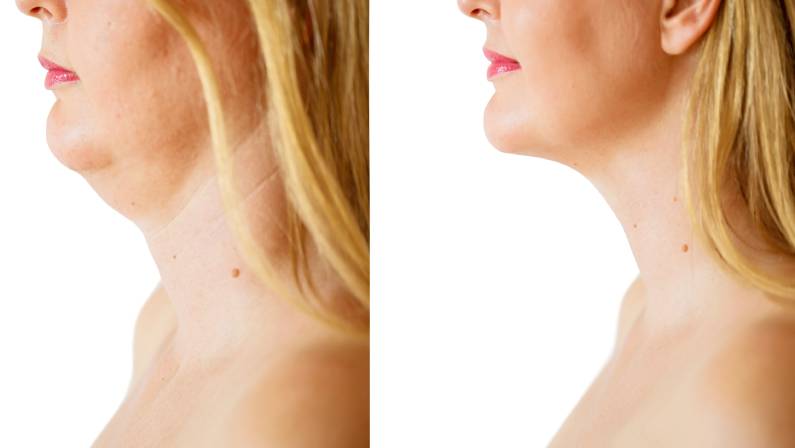
Immediate Care
After the injection lipolysis treatment, immediate care is crucial. Patients should apply cooling methods right away. Using ice packs can help reduce redness and bruising. Cooling should be done regularly for the first few hours post-treatment. This method is effective in minimizing side effects.
Pain Management
Pain relief medication may be necessary after the treatment. Patients who experience discomfort can take over-the-counter pain relievers as needed. Staying comfortable is essential during recovery. If pain persists or worsens, contacting a healthcare professional is important.
Activity Restrictions
Strenuous activities should be avoided for at least two days following the treatment. Physical exertion can lead to increased swelling and bruising in the treatment area. Patients benefit from resting during this period to promote healing. Light activities like walking are acceptable, but heavy workouts should wait.
Monitoring Progress
Monitoring how the treated area responds is vital. Patients should look for any unusual symptoms like excessive swelling or persistent pain. Keeping track of changes helps in identifying potential complications early on. Regular follow-ups with a healthcare provider are recommended to ensure everything is healing properly.
Long-Term Care
Long-term care involves maintaining a healthy lifestyle after recovery. Staying hydrated and eating a balanced diet supports skin health and overall recovery. Avoiding smoking and limiting alcohol consumption also contribute positively to results.
Expected Results and Before-and-After
Results Timeline
Results from injection lipolysis for a double chin typically appear within two to three weeks after treatment. Patients often notice a gradual change in their jawline as fat reduces. This timeline allows the body to process the injected substances effectively.
e may wish for faster results, but patience is essential. The body needs time to metabolize fat cells. Full results can take up to six weeks or more, depending on individual factors.
Multiple Sessions
Achieving the best outcome often requires multiple sessions. Many patients need two to four treatments spaced several weeks apart. Each session builds upon the last, enhancing the final result.
Consultation with a qualified provider helps determine the right number of sessions for each person. This personalized approach ensures that expectations align with potential outcomes.
Tracking Progress
Taking before-and-after photos can significantly help track progress. These photos provide a clear visual comparison over time. They allow patients to see subtle changes that may not be noticeable day-to-day.
Documenting the experience can also boost motivation. Observing improvements reinforces commitment to the treatment process. It highlights the natural enhancement of the jawline that occurs with each session.
Patient Experiences
Many patients report positive experiences with injection lipolysis. They express satisfaction with how their appearance changes gradually. This method offers a non-surgical option that appeals to those wanting a refined look without extensive recovery.
Patients often share stories about feeling more confident post-treatment. A defined jawline can enhance overall facial aesthetics, leading to increased self-esteem.
Wishes and Expectations
Understanding realistic wishes is crucial before undergoing treatment. Each individual’s body responds differently to lipolysis injections. Factors such as age, metabolism, and skin elasticity all play roles in results.
Setting achievable goals helps manage expectations. Patients should discuss their desired outcomes during consultations. This open communication fosters trust between patient and provider.
Final Remarks
Injection lipolysis offers a targeted solution to tackle stubborn double chins. This minimally invasive procedure can enhance your facial contours, boost self-esteem, and provide lasting results. Understanding the benefits, safety, and recovery process helps you make informed decisions. You deserve to feel confident in your appearance.
If you’re considering injection lipolysis for your double chin, consult a qualified professional to discuss your options. Take the first step towards a more defined jawline today. Your journey to confidence starts now!
Frequently Asked Questions
What is Injection Lipolysis?
Injection lipolysis is a non-surgical treatment that uses injectable substances to dissolve fat cells. It’s commonly used to target areas like the double chin, resulting in a more contoured appearance.
How long does the procedure take?
The injection lipolysis procedure typically takes about 30 minutes. It’s quick and can often be done during a lunch break, making it convenient for busy individuals.
Are the results permanent?
Yes, results from injection lipolysis can be long-lasting if you maintain a stable weight. The dissolved fat cells do not return, but new ones can form if lifestyle changes aren’t maintained.
How many sessions are needed?
Most patients require 2 to 4 sessions for optimal results. The number of sessions may vary based on individual goals and the amount of fat being treated.
Is there any downtime after the procedure?
There is minimal downtime associated with injection lipolysis. Patients may experience some swelling or bruising, but these effects usually resolve within a few days.
Who is a good candidate for this treatment?
Good candidates for injection lipolysis are adults with localized fat pockets who are near their ideal weight. It’s essential to consult with a qualified provider to determine suitability.
What should I expect during recovery?
After treatment, expect mild swelling or tenderness in the area. Follow your provider’s aftercare instructions, and avoid strenuous activities for a few days to ensure optimal healing.




